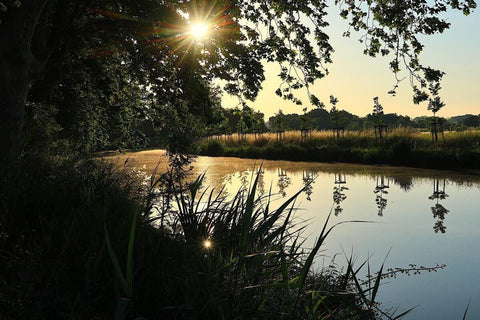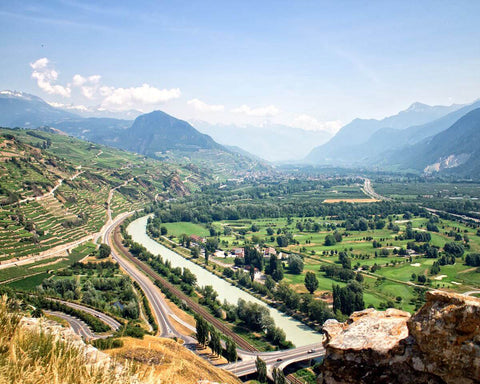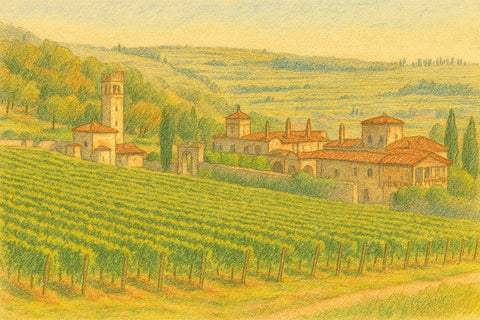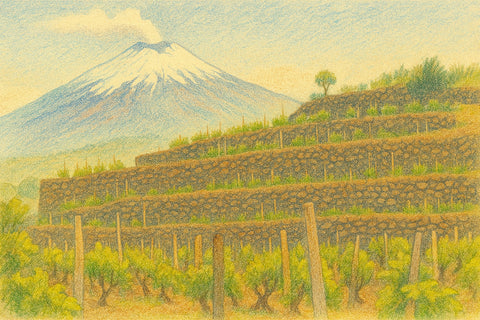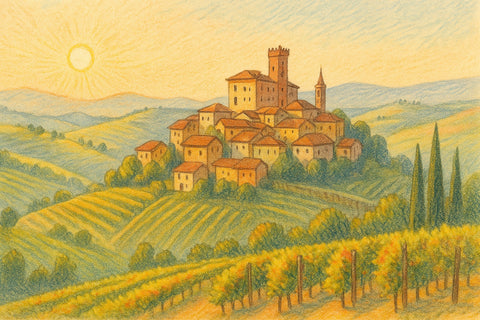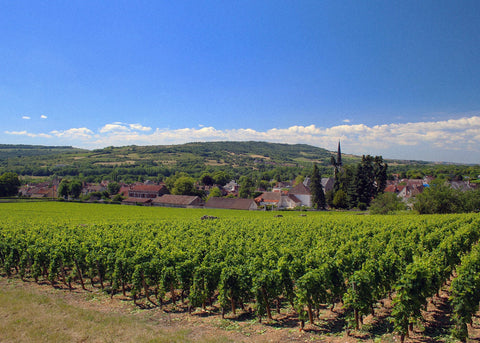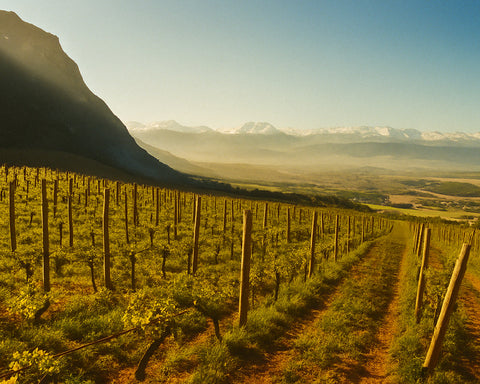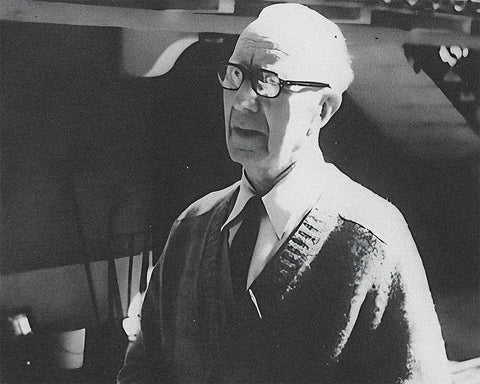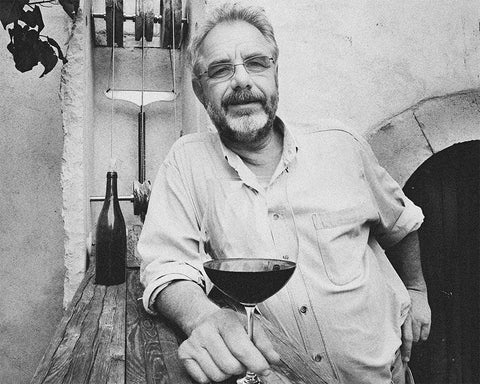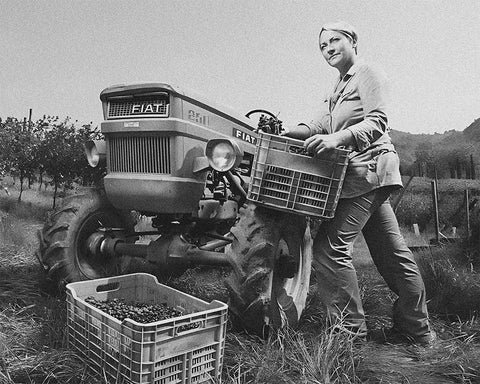Languedoc-Roussillon, in southern France, borders Spain to the south and the Mediterranean Sea to the east. Languedoc-Roussillon has evolved into one of the most dynamic regions for natural wine; some of the world's most famous natural wine producers are based in Languedoc-Roussillon. We can say that they pretty much single-handedly put Languedoc-Roussillon on the wine map.
Table of Contents
History of Languedoc-Roussillon
Languedoc-Roussillon, strategically positioned along the Mediterranean coast and at the crossroads of various civilizations, has been a region of significant historical importance. Its history is a rich tapestry woven from the influences of ancient tribes, Romans, Visigoths, Moors, and French monarchs, each leaving an indelible mark on the region's culture and traditions.
The region's Roman period began in the 2nd century BCE, marking the start of Languedoc-Roussillon's rich cultural heritage. The Romans founded several cities, including Nîmes and Narbonne, which became important centers of trade and culture. These ancient cities flourished, leaving behind impressive ruins and architectural wonders that continue to draw admiration today.
Following the fall of the Roman Empire, Languedoc-Roussillon underwent various transformations under the Visigoths and later the Moors. The region's strategic location made it a crucial area for trade and military movements throughout the medieval period.
The Albigensian Crusade in the 13th century had a profound impact on Languedoc, as the French crown sought to suppress the Cathar heresy. This period saw the construction of numerous fortresses and the integration of the region into the Kingdom of France.
The 18th and 19th centuries saw significant economic and infrastructural development in Languedoc-Roussillon, driven by the wine trade and the industrial revolution. This period also witnessed the growth of the region's modern wine industry.
The 20th century brought challenges and advancements to Languedoc-Roussillon. The region faced economic hardships during the World Wars, but its resilient spirit and cultural richness helped it navigate these difficulties. The post-World War II period saw significant development in infrastructure, tourism, and the wine industry, establishing Languedoc-Roussillon as a prominent player on the global stage.
Terroir of Languedoc-Roussillon
Languedoc-Roussillon's terroir is as diverse as its history, characterized by various microclimates, soil types, and elevations. The region's varied landscape, from the mountainous areas in the north to the Mediterranean coast in the south, is crucial in shaping its unique viticultural landscape.
The region enjoys a Mediterranean climate with hot, dry summers and mild, wet winters. This climate, combined with the influence of the Mediterranean Sea, creates ideal conditions for grape cultivation. The soils range from limestone and clay to schist and gravel, each contributing to the complexity and quality of Languedoc-Roussillon wines.
The Geology of Languedoc-Roussillon
Languedoc-Roussillon's geology is marked by its diverse soil types, providing a fertile ground for vines to thrive.
- Corbières: Known for its limestone and clay soils, which provide excellent drainage and mineral content, essential for growing high-quality grapes. The region is famed for its robust red wines.
- Picpoul de Pinet: Characterized by sandy and limestone soils, ideal for growing the Picpoul grape, which produces crisp, white wines.
- Minervois: Featuring a mix of limestone, clay, and schist soils, Minervois is known for its diverse range of red, white, and rosé wines.
The diverse terroir of Languedoc-Roussillon allows for the cultivation of a wide range of grape varieties, each expressing the unique characteristics of its growing region.
Climate and its Influence
Languedoc-Roussillon's climate is predominantly Mediterranean, characterized by hot, dry summers and mild, wet winters. The region's varied topography and proximity to the Mediterranean Sea create numerous microclimates, each contributing to the distinctiveness of the region's wines.
The Grapes of Languedoc-Roussillon
Languedoc-Roussillon is home to several grape varieties, each adapted to the region's unique terroir. The most notable are Grenache, Syrah, Mourvèdre, and Carignan.
Red Grape Varietals
- Grenache: The flagship red grape of Languedoc-Roussillon, known for its plush texture, moderate tannins, and red fruit flavors.
- Syrah: Celebrated for its deep color, high tannins, and dark fruit flavors, Syrah thrives in the region's diverse soils.
- Mourvèdre: Often used as a blending grape, Mourvèdre adds structure, color, and complexity to Languedoc blends.
- Carignan: Known for its high acidity and tannins, Carignan is often blended to add complexity to wines.
White Grape Varietals
- Picpoul: Known for its crisp acidity and citrus flavors, Picpoul is a key grape for Languedoc-Roussillon's white wines.
- Grenache Blanc: Adds richness and body to white blends, often paired with other varietals.
- Marsanne: Often blended with Roussanne, Marsanne adds richness and body to white Rhône blends.
- Roussanne: Adds aromatic complexity and acidity to white blends, often paired with Marsanne.
Top Wines of Languedoc-Roussillon
Corbières: One of the most famous wines from Languedoc-Roussillon, Corbières is celebrated for its complexity, structure, and aging potential. It is made from Grenache, Syrah, and Mourvèdre.
Minervois: A prestigious wine from the region, Minervois is known for its rich flavors and blend of various grape varieties, producing both red and white wines.
Picpoul de Pinet: The quintessential white wine from Languedoc-Roussillon, Picpoul de Pinet is renowned for its crisp acidity and citrus flavors, making it a perfect accompaniment to seafood.
Other Notable Wines: Langued oc-Roussillon also produces a range of other exceptional wines, including Faugères, known for its robust red blends, and Blanquette de Limoux, a sparkling wine with a long history.
Cuisine and Typical Products of Languedoc-Roussillon
Languedoc-Roussillon's cuisine reflects the region's diverse cultural influences and abundant natural resources. The cuisine is renowned for its bold flavors, fresh ingredients, and innovative use of meats, cheeses, and seafood, making it one of France's most distinctive regional cuisines.
Seafood plays a central role in Languedoc-Roussillon's cooking, with dishes like "Bouillabaisse" (a fish stew with fresh seafood, tomatoes, and herbs) exemplifying the region's culinary creativity. The fertile land also yields various fruits, vegetables, and grains, integral to many traditional dishes.
Among the region's most prized products are its cheeses, particularly "Pélardon" and "Bleu des Causses," and its cured meats, such as "Saucisse de Toulouse." These ingredients are used in various dishes, from savory to sweet, showcasing the versatility and richness of Languedoc-Roussillon's produce.
Languedoc-Roussillon Antipasti
In Languedoc-Roussillon, a meal often begins with a selection of antipasti, highlighting the region's diverse flavors. A typical antipasti spread might include:
- Charcuterie: A selection of cured meats, including saucisse and pâté.
- Cheese Platter: Featuring local cheeses like Pélardon and Bleu des Causses.
- Tapenade: A spread made from olives, capers, and anchovies, served with bread.
- Brandade de Morue: A creamy cod spread with garlic and olive oil.
Languedoc-Roussillon First Courses
The first course in a Languedoc-Roussillon meal often features hearty soups, salads, or pasta dishes, showcasing the region's grains and vegetables.
- Soupe de Poissons: A fish soup served with rouille and croutons.
- Salade de Chèvre Chaud: A salad with warm goat cheese and mixed greens.
- Cassoulet: A slow-cooked bean stew with sausages, duck, and pork.
- Ratatouille: A vegetable medley of eggplant, zucchini, bell peppers, and tomatoes.
Languedoc-Roussillon Second Courses
Languedoc-Roussillon's second courses often highlight the region's high-quality meats and robust flavors.
- Bourride: A fish stew with aioli and vegetables.
- Magret de Canard: Duck breast grilled and served with a fruit sauce.
- Gigot d'Agneau: Roast leg of lamb with garlic and rosemary.
- Cargolade: Grilled snails served with aioli.
Languedoc-Roussillon Side Dishes
Languedoc-Roussillon cuisine celebrates vegetables, with many side dishes highlighting the region's produce.
- Ratatouille: A vegetable medley of eggplant, zucchini, bell peppers, and tomatoes.
- Tian: A baked vegetable dish with layers of zucchini, eggplant, and tomatoes.
- Pommes de Terre à la Sarladaise: Potatoes sautéed in duck fat with garlic and parsley.
Languedoc-Roussillon Cheeses
Languedoc-Roussillon produces a variety of cheeses, reflecting the region's agricultural diversity.
- Pélardon: A small, round goat cheese with a strong flavor.
- Bleu des Causses: A blue cheese with a creamy texture and mild flavor.
- Tomme de Lozère: A semi-hard cheese with a nutty flavor.
- Roquefort: A famous blue cheese with a tangy flavor and creamy texture.
Languedoc-Roussillon Dessert
Languedoc-Roussillon desserts often feature nuts, dried fruits, and local wines, creating a range of sweet treats.
- Crème Catalane: A custard dessert flavored with cinnamon and citrus.
- Clafoutis: A baked dessert with black cherries and a thick batter.
- Fougasse: A sweet bread with orange flower water and aniseed.
- Croquants de Cordes: Crisp almond cookies flavored with orange blossom.
Typical Products of Languedoc-Roussillon
Languedoc-Roussillon's cuisine is grounded in high-quality local products, many of which have achieved protected status, ensuring their authenticity and traditional production methods.
Olives and Olive Oil
Olives and olive oil from Languedoc-Roussillon are celebrated for their rich flavor and high quality. These products are integral to the region's culinary excellence.
Cheeses
The region's cheeses, such as Roquefort and Pélardon, are known for their distinct flavors and high quality, reflecting Languedoc-Roussillon's rich dairy tradition.
Wines
Languedoc-Roussillon's wines, including Corbières and Picpoul de Pinet, are celebrated for their complexity and quality, symbolizing the region's dedication to viticulture.
Honey
Honey from Languedoc-Roussillon, particularly from the Garrigue, is prized for its unique flavor and aroma, reflecting the region's diverse flora.
